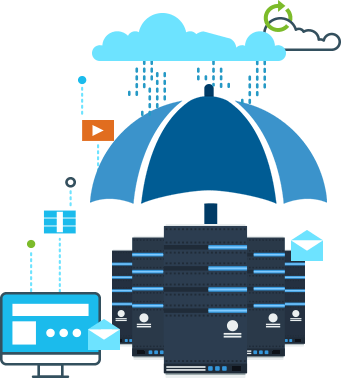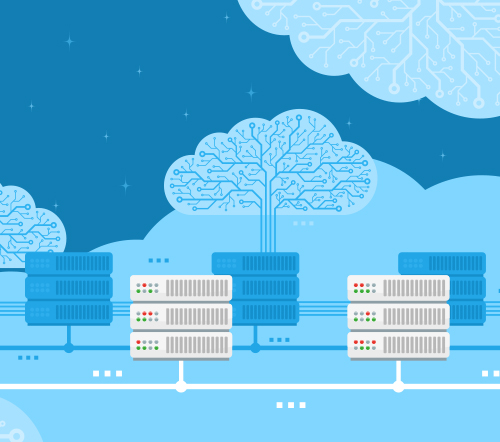This flexibility allows small and medium enterprises to put into practice vigorous disaster recovery strategies that otherwise were out of reach. By moving data to the cloud via a cloud-based DR also called Disaster Recovery –as- a –service (DRaaS) can significantly reduce the time it takes to recover IT systems. “It is no longer days now”, says a manager of a Delhi-based IT company. “With DRaaS it is a matter of hours or minutes. With this tool we are handling several issues and not just storms, but also smaller disruptions as well”. Despite “DR on cloud” in place, remember Murphy’s Law. It says “whatever can go wrong will go wrong”. Even the best and safest of technologies can go haywire during the real thing.
This is where your traditional time tested techniques come into play. Get help from a business partner who has experience in disaster recovery in application environments. You may even think of manual recovery methods. Just ask yourself, “If everything fails despite our best efforts, how do I recover?”
Keep in mind to keep all of your applications and data at a data center hundreds of miles away. This is essential for business continuance and recovery. The best way to safeguard data may be to have the two data centers on separate power grids. Regardless, it makes sense for organizations of all sizes to adopt cloud technologies for disaster recovery.
Why? Disaster recovery as a service or (DRaaS) has networking transparency, rerouting convenience and most of all better tools. If an IT business does not maintain an updated and tested disaster recovery solution it is exposed to a far greater risk than the competition that has solid DR in place.
Yet, several IT companies are reluctant to do so. The reasons being:
- High costs. The perception that the upkeep and maintenance of a separate DR site is costly and tedious.
- Important tasks like DR testing gets low priority in comparison to urgent tasks
- Limited IT staff is deployed on more pressing projects
- Paucity of in-house DR expertise and actual DR execution experience
Such disinclination can prove to be catastrophic. Statistics released by the Federal Emergency Management Agency (FEMA) says it all.
- Post-disaster 40% of businesses do not reopen
- An additional 25% fail within one year
- Over 90% of businesses fail within two years after the disaster strikes.
 Talk to Experts
Talk to Experts
 Live Chat
Live Chat












